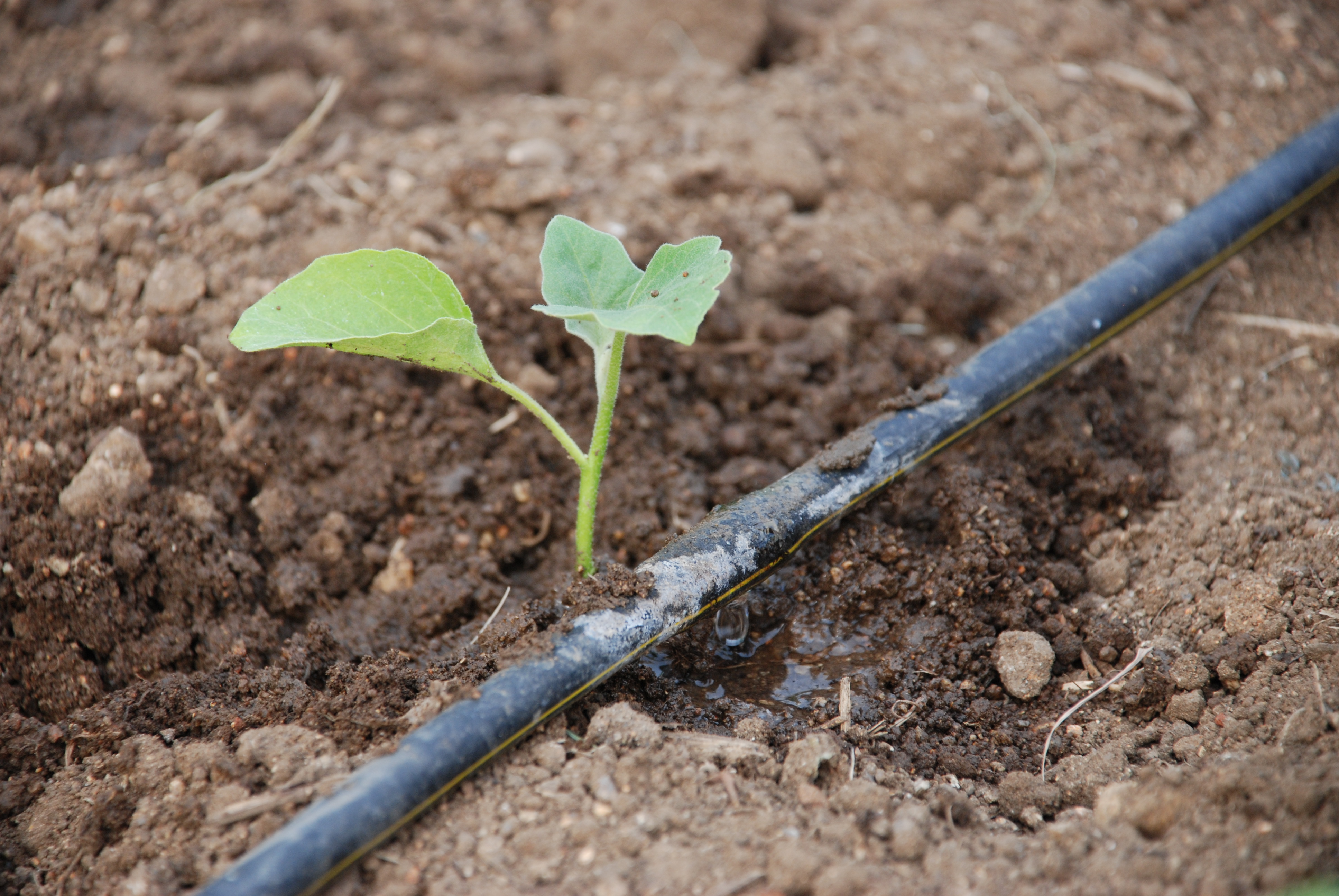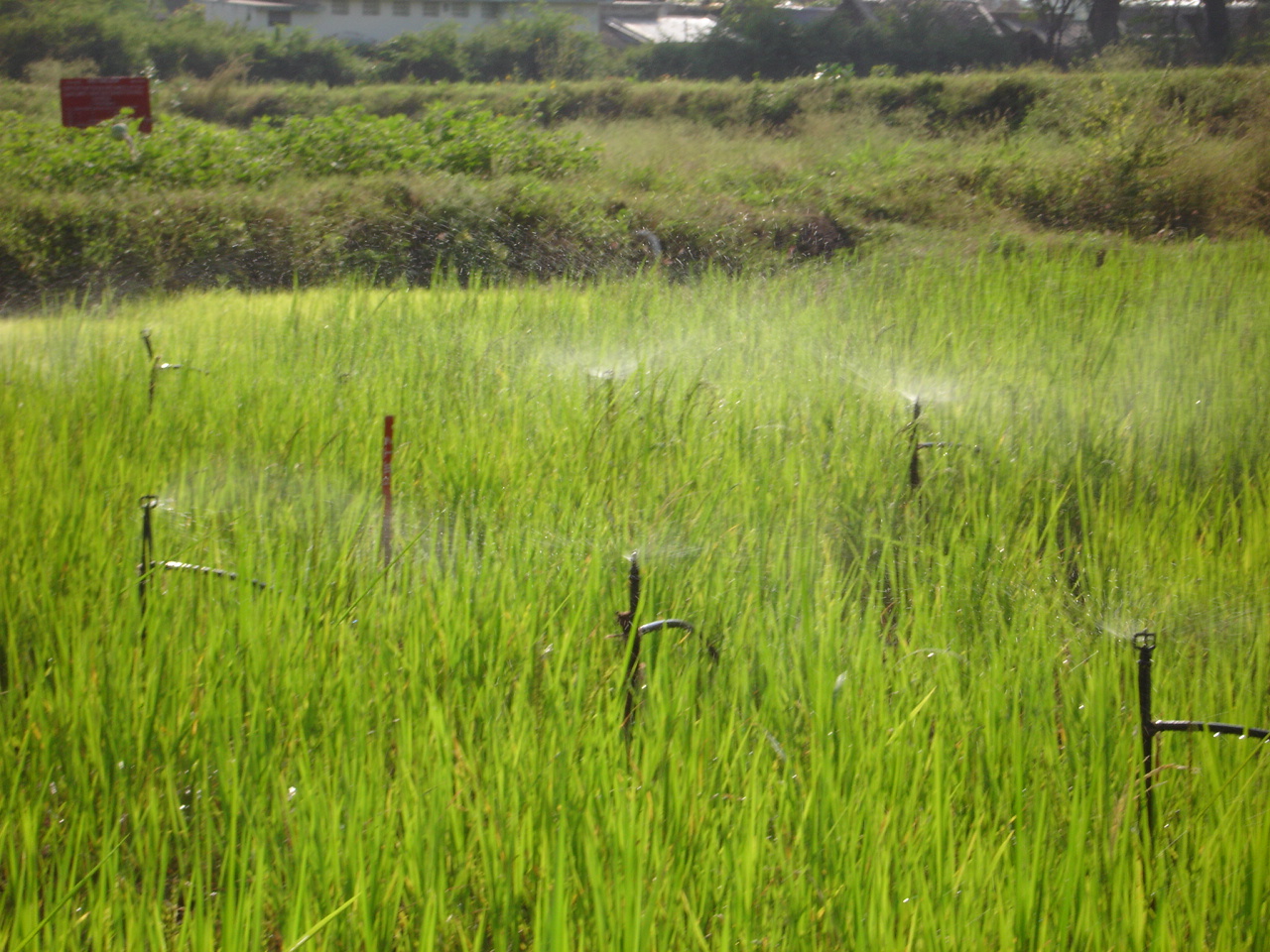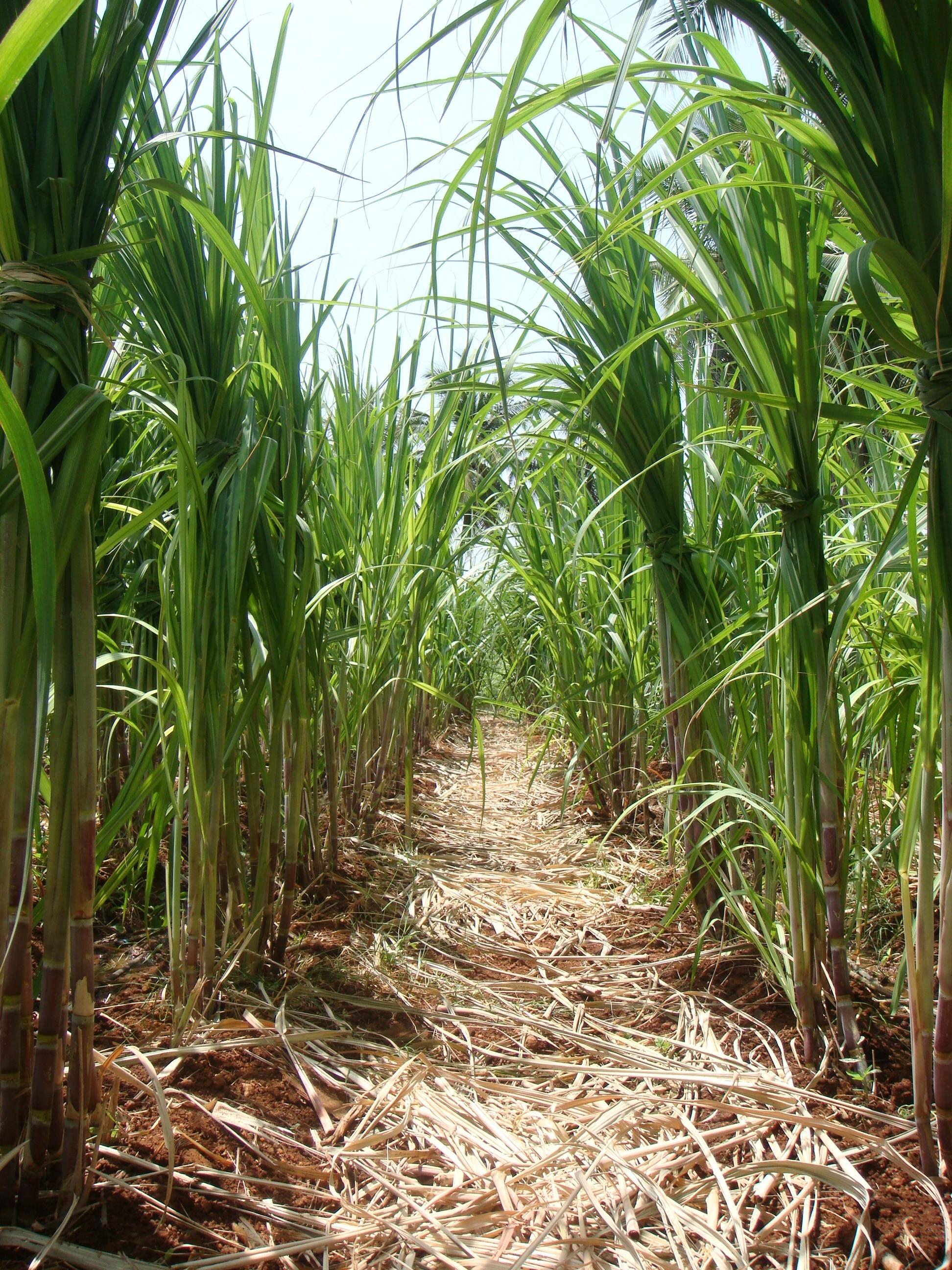|
Micro Climate in Relation to Crop Production
Soil Temperature Dynamics
Soil temperature and its importance in crop production
- Soil temperature is an important environmental parameter for plant growth.
- Variation in soil temperature is much more pronounced because of varying characteristics and composition of soil.
 |
 |
 |
| Drip Irrigation |
Micro-Sprinkler |
Trash Mulching |
Soil temperature and plant
- Soil temperature extremes influence the germination of seeds, functional activity of root system (Rice – 10° C; Wheat – 3° C).
- Excessive high temperature is harmful to roots and also causes lesions of stem.
- Extreme low temperature impede intake of nutrients.
- Soil moisture intake by the plants stops when the soil temperature is at a temperature of below 1° C.
- Day time soil temperature is more important because it is necessary to maintain favourable internal crop water status in the light of the high evaporation rate.
- High soil temperature causes degeneration of the insets in potato optimum soil temperature for this crop is 17° C, tuber formation is practically absent above 29°C.
- Crop yield increases linearly as the 10 cm depth soil temperature increases from 15° C to 27° C for maize.
- Extreme low and high temperature influences the soil microbial population and rate of organic matter decomposition.
- Rate of decomposition is high under high soil temperatures.
- Soil temperature controls the nutrient availability (eg., Nutrient release and N fixation)
Factors affecting soil temperature:
Slope:
- Slope an important factor in temperate regions.
- In the northern hemisphere a south – facing slope is always warmer than a north facing slope (or) plains.
Tillage:
- Shallow tillage and creating ‘dust mulch’ reduces the heat flow between the surface and sub soil.
- Cultivated soil has greater temperature aptitude compared to uncultivated soil.
- The air temperature an inch above the soil is 5 to 10°C higher in cultivated soil compared to uncultivated soil during noon.
Soil Moisture:
- Availability of optimum soil moisture maintains the soil temperature at required level.
Soil texture:
- Sandy soil warm up more rapidly than clay soils, because of lower heat capacity of sandy soils.
- Sandy soils have higher temperature in winter.
Organic matter:
- Organic matter reduces the heat capacity and thermal conductivity of soil, increased absorptivity due to dark colour.
- When organic soils are dry they become warmer than mineral soil in summer and cooler
Source:
www.fao.org
|

